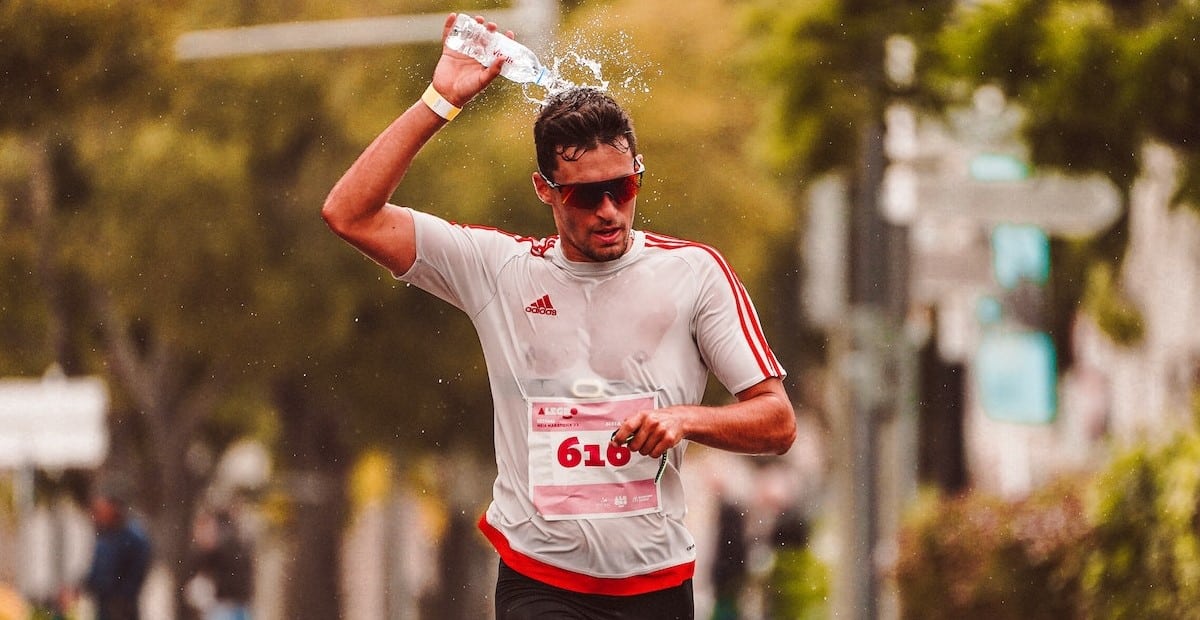
Contents
- Aerobic:
- Anaerobic:
- Barefoot:
- Cadence:
- Carbohydrate loading:
- Cool down:
- Cross training:
- DNF:
- DOMS:
- Easy running pace:
- Effort:
- Fartlek:
- Foot strike:
- Gait:
- Heart rate:
- Interval training:
- Jogging:
- Kilometre:
- Lactic acid:
- Long distance runners:
- Marathon:
- Moderate pace:
- Mountain running:
- Nike+:
- Overstriding:
- Pace:
- PB:
- PR:
- Race:
- Race day:
- Running shoes:
- Second half:
- Shin splints:
- Speed play:
- Start line:
- Taper:
- Tempo run:
- Trail running:
- UL:
- Ultrarunner:
- VO2max:
- Warm-up:
- World record:
- X-Training:
- Yasso 800s:
- Zero drop:
Running is a great way to get in shape, and there are plenty of terms you need to know in order to do it properly. Here’s an a-z of some of the most important ones.
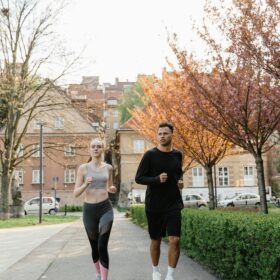
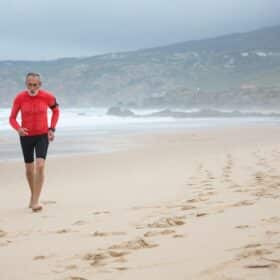


Aerobic:
Refers to the type of exercise that uses oxygen to help produce energy. Running is an aerobic activity.
Anaerobic:
Refers to the type of exercise that doesn’t use oxygen to help produce energy. Anaerobic activities are usually of high intensity and can only be performed for a short period of time.
Barefoot:
Running without shoes. Some runners believe that running barefoot or in minimalist shoes strengthens the feet and helps prevent injuries.
Cadence:
The number of steps taken per minute while running. A higher cadence is often associated with a faster pace and is something that many runners strive to increase.
Carbohydrate loading:
A strategy often used by runners before a race to increase their glycogen stores. This is typically done by eating a high-carb diet for several days leading up to the event.
Cool down:
A period of lower-intensity exercise at the end of a workout or race, which helps gradually bring the heart rate down and prevent blood from pooling in the legs.
Cross training:
Incorporating other types of exercise into your routines, such as swimming or cycling, to improve overall fitness and reduce the risk of injury.
DNF:
An abbreviation for “did not finish.” Used to describe when a runner does not complete a race.
DOMS:
An abbreviation for “delayed onset muscle soreness.” This is the pain and stiffness that can occur a day or two after a particularly intense workout.
Easy running pace:
A slow, comfortable pace that is often used for warm-ups, cool-downs, and easy days.
Effort:
The level of intensity at which you are running. This can be expressed as a percentage of your maximum effort or on a scale from easy to hard.
Fartlek:
A type of workout that involves alternating periods of fast and slow running. Fartleks can be performed on any terrain and don’t require any special equipment.
Foot strike:
The way in which your foot hits the ground while you are running. There are three main types of foot strike: heel strike, midfoot strike, and forefoot strike.
Gait:
The way in which you move your feet while running. There are four main types of gaits: forefoot, midfoot, heel and barefoot.
Heart rate:
The number of times your heart beats per minute. Heart rate can be used to gauge how hard you are working during a run.
Interval training:
A type of workout that involves alternating periods of fast and slow running. Intervals are typically performed at a track or other measured distance.
Jogging:
A type of running that is slower than race pace but faster than a walk. Jogging is often used as a form of exercise or to warm up before a run.
Kilometre:
A unit of distance equal to 1000 meters, or 0.62 miles.
Lactic acid:
A by-product of anaerobic metabolism that can build up in the muscles and cause fatigue.
Long distance runners:
Runners who compete in races that are typically longer than a marathon.
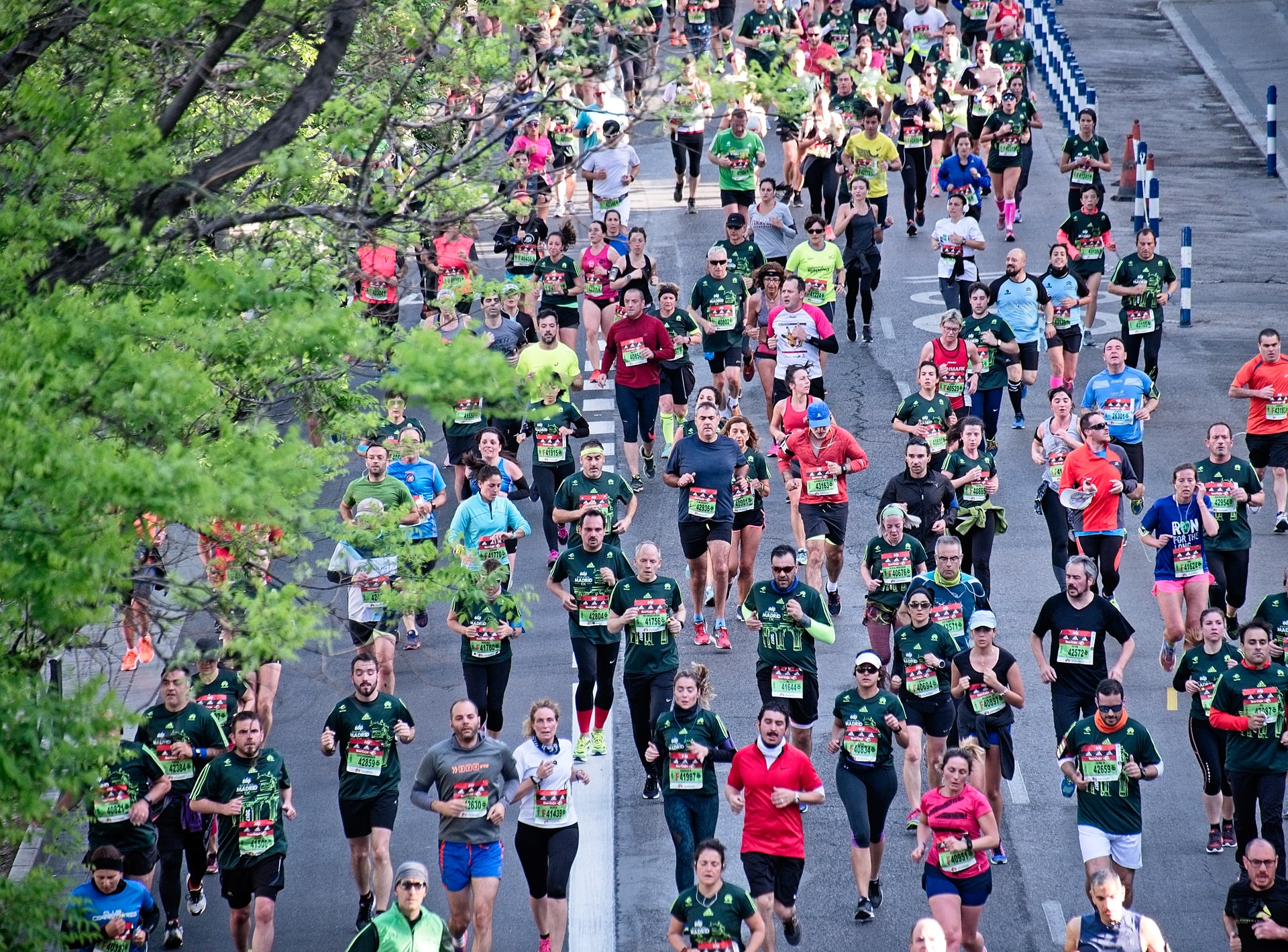

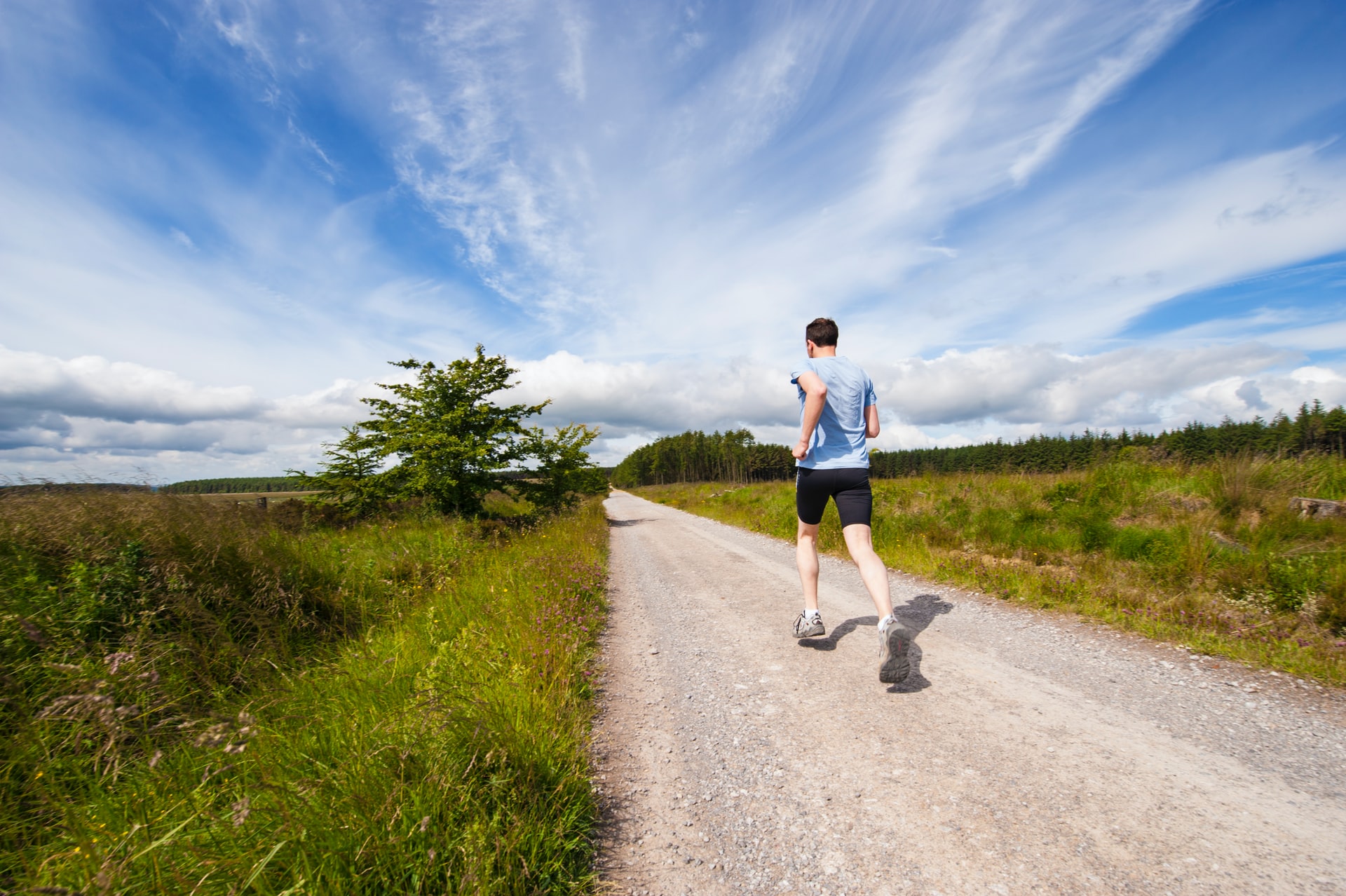
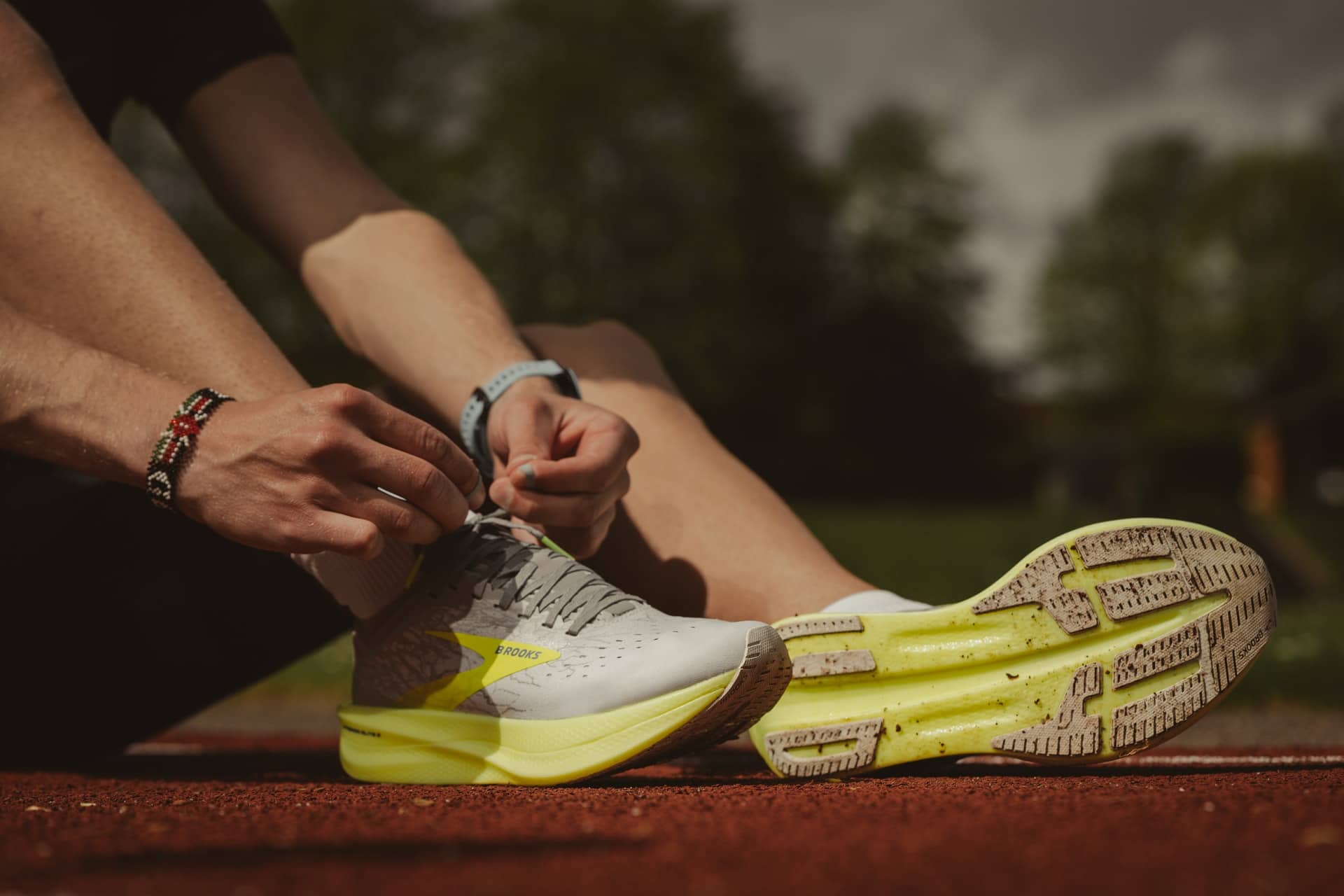
Marathon:
A long-distance running race that is 26.2 miles (42.2 kilometres) in length.
Moderate pace:
The “comfortably hard” pace that you can sustain for about an hour
Mountain running:
A type of running that is done on unpaved surfaces, such as dirt trails, grass or forest floors. Mountain running can be more challenging than running on pavement due to uneven terrain.
Nike+:
A system that uses a sensor in your shoe to track your distance, pace and calories burned. The data is then transmitted to a receiver or your iPod, iPhone or iPad.
Overstriding:
A running form mistake that occurs when your feet land too far in front of your body. This can lead to inefficient running and increased injury risk.
Pace:
The speed at which you are running, typically expressed in minutes per mile or kilometres per hour.
PB:
An abbreviation for “personal best.” Used to describe a runner’s fastest time for a particular race distance.
PR:
An abbreviation for “personal record.” Used to describe a runner’s fastest time for a given distance.
Q-angle: The angle between the quadriceps (thigh) muscle and the patellar tendon. A large Q-angle can lead to knee problems.
Race:
A competitive running event of any distance. Races can range from short sprints to ultra-marathons.
Recovery: The period of time after a workout or race when the body is able to repair and rebuild muscle tissue. Recovery is an important part of any training program.
Race day:
The day of a race. Race day can be an exciting and nerve-wracking time for runners, as they prepare to put their training to the test.
Running shoes:
Specialized footwear designed to provide cushioning and support for the feet during running.
Second half:
This term is typically used to describe the second half of a race, when runners may start to tire and slow down.
Shin splints:
A type of injury that occurs when the muscles and tendons around the shin become irritated and inflamed. Shin splints are common in runners who have just started a training program or increased their mileage too quickly.
Speed play:
A type of workout that involves alternating periods of fast and slow running. Speed play can be performed on any terrain and doesn’t require any special equipment.
Start line:
The starting line of a race. All runners start the race at the same time from this line.
Taper:
A period of decreased mileage and intensity in the weeks leading up to a race. The purpose of a taper is to allow the body to recover and be fresh for the event.
Tempo run:
A type of workout that involves running at a steady, comfortable pace for a specific period of time. Tempo runs are often used to build endurance and improve race times.
Trail running:
A type of running that is done on unpaved surfaces, such as dirt trails, grass or forest floors. Trail running can be more challenging than running on pavement due to uneven terrain.
UL:
An abbreviation for “underpronation.” This is a type of running gait in which the foot rolls inward too much when it hits the ground. Underpronation can lead to injuries such as shin splints and plantar fasciitis.
Ultrarunner:
A person who regularly competes in ultramarathons, which are any running events that are longer than the standard marathon distance of 26.2 miles (42.2 kilometres).
VO2max:
The maximum amount of oxygen that your body can utilize during exercise. VO2max is used to measure aerobic fitness and is affected by factors such as age, genetics and training.
Warm-up:
A period of light exercise used to prepare the body for more strenuous activity. A proper warm-up will increase blood flow to the muscles and help prevent injury.
World record:
The fastest time achieved for a particular running event. World records are set by athletes from all over the world and are ratified by the sport’s governing body.
X-Training:
A type of cross-training that uses a variety of different exercises to improve overall fitness. X-training can include activities such as biking, swimming or weightlifting.
Yasso 800s:
A type of workout designed by Bart Yasso, Chief Running Officer at Runner’s World magazine. The workout consists of 800-meter repeats at a pace that is intended to predict your marathon finish time.
Zero drop:
A type of running shoe that has no difference in height between the heel and toe. This type of shoe is designed to promote a more natural running gait.